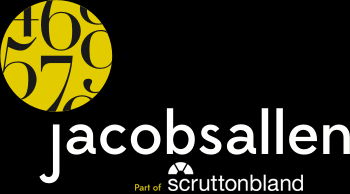Detailed directions for eligibility and calculation of grant: Coronavirus Job Retention Scheme (CJRS)

On 15 April the Chancellor made a Treasury Direction which sets out the legal framework for the operation of the CJRS.
The Direction includes a definition of employees who qualify for the scheme. Previous HMRC guidance said that all employees ‘on the payroll’ (assumed to be the relevant date of employment) at 28 February would qualify. The Direction extends this date to 19 March, the day before the announcement of the scheme, but also makes it clear that in order to qualify, the employer must have made a payment of earnings to the employee and submitted a PAYE return under RTI (Real Time Information) to HMRC in respect of those earnings on or before 19 March.
This means that employees recruited after 28 February will now potentially qualify, but only if a RTI submission has been made in respect of their earnings by 19 March.
The Direction also provides detailed instructions for the calculation of the amounts which an employer can claim under the scheme. The CJRS provides for employers to make a claim for the reimbursement of the costs of employment of furloughed employees. A furloughed employee is one who has been instructed to cease all work for the employer by reason of circumstances arising from coronavirus, for a period of at least 21 calendar days, but remains on the payroll.
The employer must pay earnings to the furloughed employee at least equal to the amount of the grant, as calculated below, in simple terms the lower of £2,500 and 80% of the ‘reference salary’. The employer can pay more than that amount if he wishes but will not be able to reclaim the excess.
The reimbursement to be claimed under the CJRS is based on a ‘reference salary’ of the furloughed employee. This is calculated differently depending on whether the employee is a ‘fixed rate employee’ or not.
For a ‘fixed rate employee’, in other words a salaried employee, the reference salary is the amount payable to the employee in the last salary period ending on or before 19 March 2020.
For other employees the ‘reference salary’ is the greater of:
- The average monthly (or daily or other appropriate pro rata amount) paid in the tax year 2019/20 before the period of furlough began, and
- The actual amount paid for the corresponding calendar period in the previous year.
For both categories of employee you must disregard anything which is not regular salary or wages, such as: performance related pay (unless legally enforceable), benefits and tips.
The claim under the CJRS is for a reimbursement of the following costs incurred by the employer in respect of the furloughed employee:
- Gross earnings. The reimbursement is limited to the lower of £2,500 and 80% of the reference salary.
- Employers National Insurance Contributions, limited to the amount of employer’s contributions that would have been paid on the gross earnings reimbursed as calculated in 1
- Employers pension contributions, limited to the employer’s auto enrolment pension contribution that would be paid on the gross earnings reimbursed as calculated in 1 above.
There are anti-abuse provisions prohibiting claims intended to be made in respect of an employee if it is contrary to the exceptional purpose of CJRS. Claims are likely to be scrutinised to ensure eligibility.
Claims can be made online from 20 April 2020, either by employers themselves, using their own online PAYE registration, or by their authorised agent. It is crucial for the person claiming to have details of their Government Gateway credentials relevant to the employer’s PAYE scheme as this will be used to make the claim.
The HMRC portal to be used is currently undergoing Beta testing with a selected small group of employers to ensure it works as intended. It will be released later in April 2020 (anticipated on 20 April) for all employers to use.
A detailed scrutiny of the Treasury Direction should be made by any employer making their own claim using this link.

